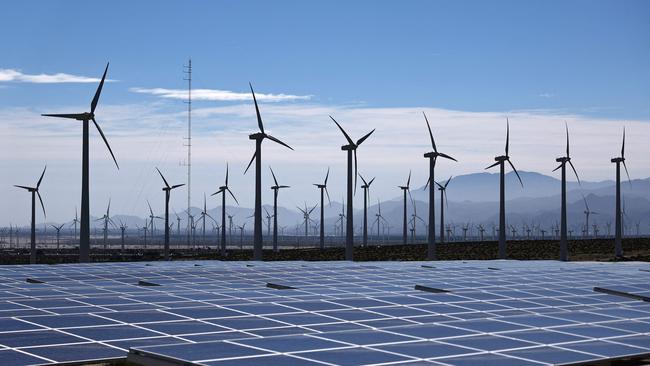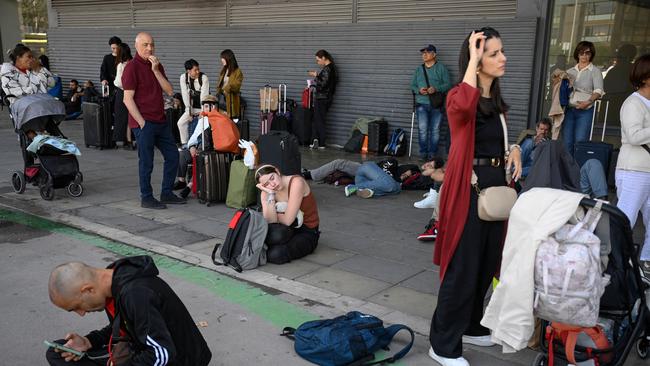Making a Spanish omelette of renewable energy push

These events emphasise the seriousness of warnings in Australia that electricity system security risks are emerging faster than expected and that a detailed plan urgently is needed for how our national grid will operate without baseload power from coal.
The collapse of the Spanish electricity grid mirrors the system black event that occurred in September 2016 in South Australia, which stands as an early warning of the pitfalls awaiting those who put all their eggs in the renewable energy basket.
In South Australia a storm knocked out transmission lines, which tripped wind farms, which resulted in grid instability and the electricity interconnection with Victoria being disabled. Without baseload power to fall back on it was a difficult job to restart the South Australian grid.

Fast forward to this week when Spain and Portugal experienced a mass electrical outage on a grid powered largely by wind and solar energy. An early appraisal of what happened concluded that two separate power generation losses destabilised the electricity system, disconnecting Spain’s grid from the wider European grid. The system collapse again exposed the big concern in the energy transition – that without the inertia provided by big power-generation turbines, when a solar or wind plant goes offline the power supply falls quickly to zero and grid stability and security are lost.
To restart the Spanish grid, power utilities had to use hydro-electric and gas plants. The Spanish blackout reinforced how ubiquitous and important electricity is to the modern world. Aeroplane flights were cancelled, roads were clogged, internet services were lost, bank ATMs stopped functioning, and shops, bars and restaurants were forced to close.

The blackouts in Spain come on top of despair in Germany that the renewable effort is running off course. Germany added 872 wind turbines with a capacity of 4.3 gigawatts since April 2024, yet windpower output fell 16 per cent because the wind refused to blow.
Germany’s new coalition agreement envisions building 20 gigawatts of natural gas-fired power generation by 2030 to provide stable base power. It is a sign that even Europe’s poster child for renewable energy is finally getting serious about the shortcomings of a renewable-only approach. Events in Spain this week will only speed that process.
The message has yet to be received by Climate Change and Energy Minister Chris Bowen. But the power industry certainly is aware of the potential problems. A letter to the Australian Energy Market Operator from the Australian Energy Market Commission Reliability Panel – which represents an industry consensus view – last week made it clear that “system strength and minimum system load have become critical risks earlier than expected”.
AEMO’s engineering road map says Australia is “facing a compressed period of change where we need to re-engineer our power systems to cope with a diverse and flexible energy mix that is different to what our power systems were originally designed for over a hundred years ago”.
A study of the Tasmanian power network without any synchronous generation concluded it was not possible with the current resource mix.
AEMO anticipates the power system will encounter several critical system configurations that will test the boundaries of power system operation. This all adds cost to what is breezily promised to be the cheapest option for future power. Spain has shown again that it is all good fun until everyone loses their power.





Spain has been plunged into darkness, Germany is gripped by yet another wind drought and former British prime minister Tony Blair has recanted on net zero as the chickens from the renewable energy transition come home to roost.